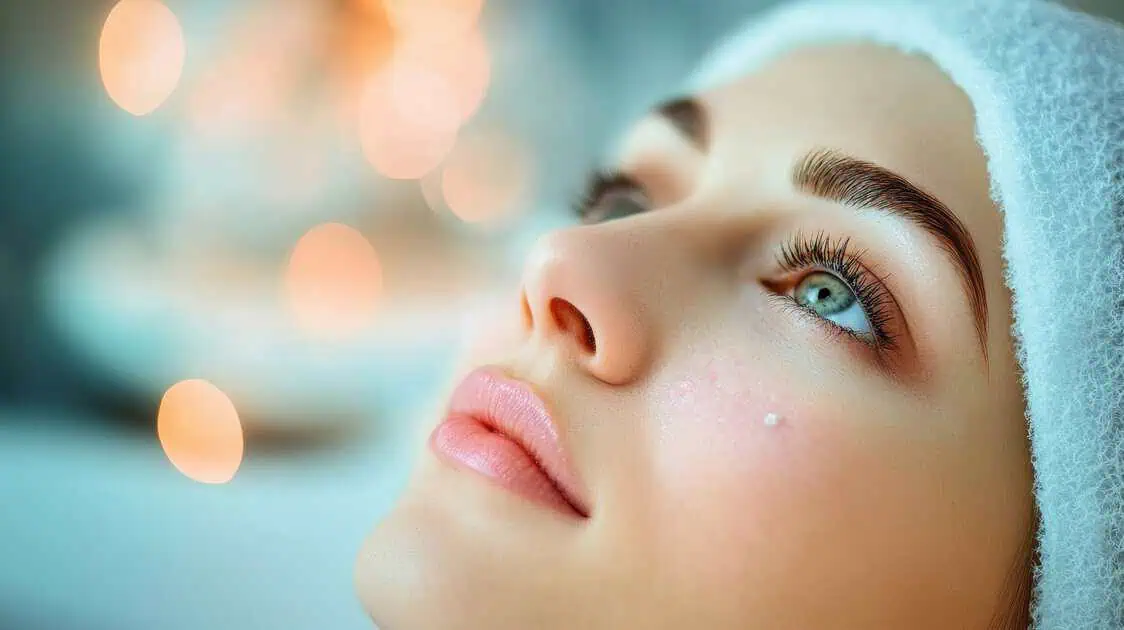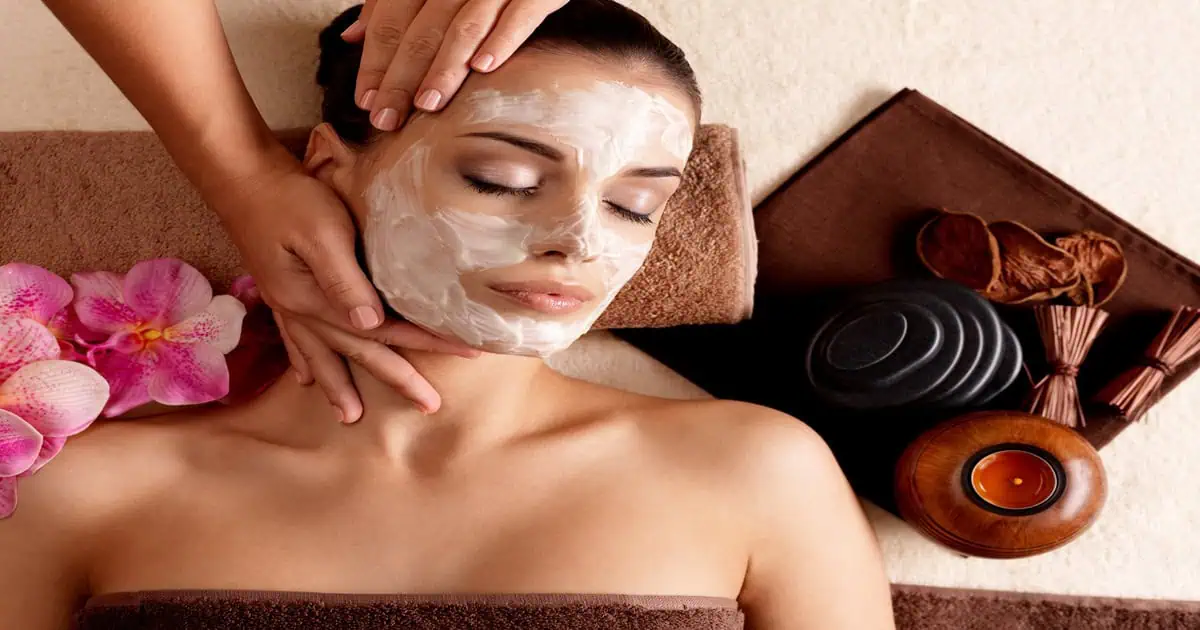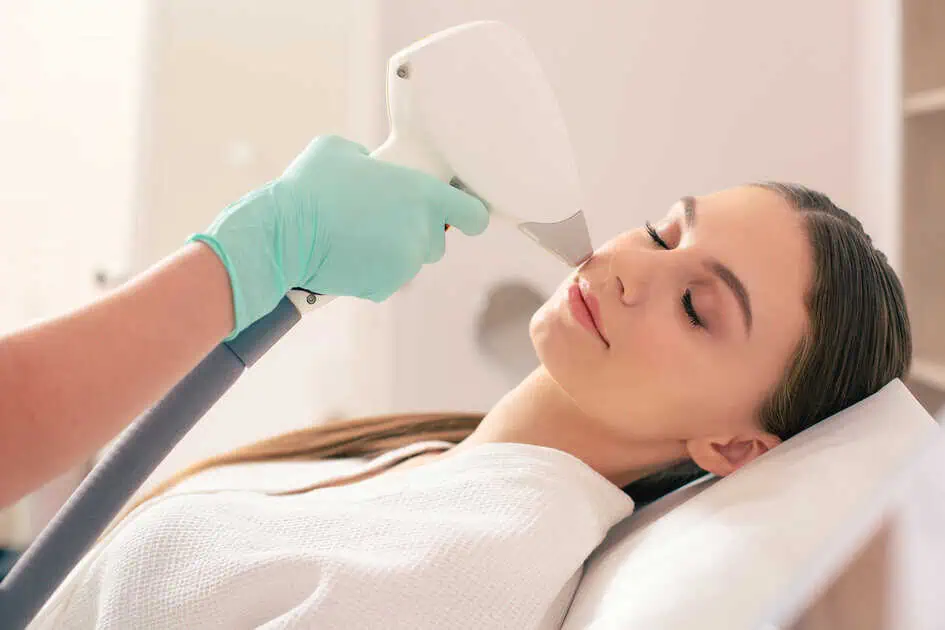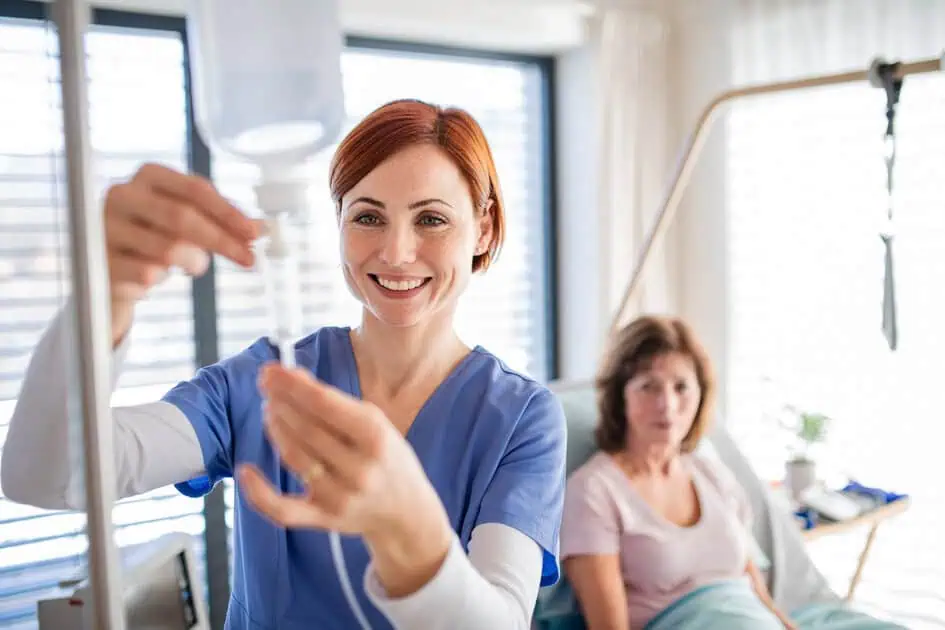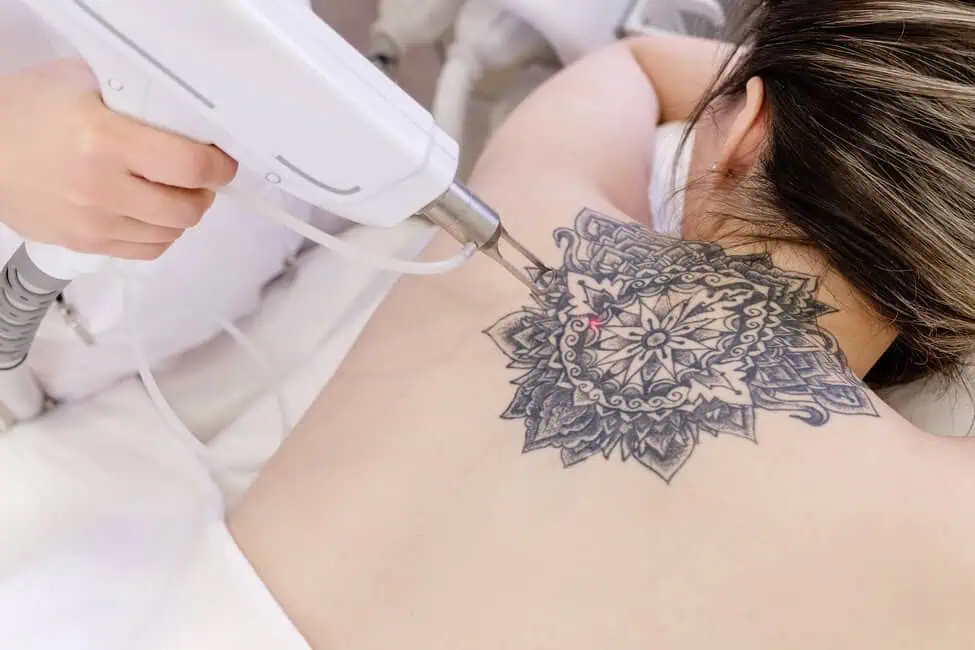Table of Contents
PRP/PRF Treatment in Houston, TX, offers a natural way to boost collagen production, regenerate skin, improve elasticity, and even stimulate hair growth. Treatments like PRP/PRF facials, microneedling combinations, under-eye rejuvenation, and hair restoration injections have gained attention for delivering real, natural-looking results. As much as these therapies work with your body’s healing mechanisms, what you do afterward can make a major difference in how well you heal and the quality of your outcome. That includes how and when you move your body.
Navigating PRP/PRF recovery isn’t about avoiding movement altogether. Instead, it’s about knowing how to approach post-injection exercise safely to support regeneration, prevent complications, and maximize your results.
Immediate Post-Treatment Period (First 24 to 48 Hours)
Movement right after a PRP/PRF session should be very minimal. Injections or microneedling sessions create micro-injuries or introduce growth factors into sensitive tissue, which needs time to stabilize.
General guidelines for the first two days:
- Avoid strenuous exercise. Activities that increase heart rate, body heat, or blood pressure can worsen swelling and bruising.
- Skip the gym, running, heavy lifting, or hot yoga. Even moderate exertion can impact early healing.
- Gentle movements like walking are fine. Keep it light and short.
- Keep the treated area clean and free from excessive sweating. Sweat can irritate freshly treated skin or injection sites.
Short-Term Recovery (48 Hours to 1 Week)
After the initial 48 hours, many people start feeling more comfortable, but tissues are still delicate. Collagen production and cellular turnover processes are active beneath the surface, and excessive mechanical stress could interfere with the benefits of PRP/PRF.
Recommended activities:
- Light stretching
- Slow-paced walking
- Gentle yoga (without inverted poses or heat)
- Daily activities that do not strain or stress the treated areas
Activities to continue avoiding during this window:
- High-intensity interval training (HIIT)
- Weightlifting
- Cardio-intensive workouts
- Swimming pools, saunas, or hot tubs (these can introduce bacteria or raise the temperature around healing tissue)
If you have had PRP/PRF hair injections, our team recommends avoiding vigorous scalp massages, tight hairstyles, or anything that puts traction or pressure on the scalp.
Gradual Return to Normal Activity (After 7 Days)
Most patients feel ready to increase their activity levels around a week post-treatment. At this point, mild swelling or sensitivity should be significantly reduced.
Guidelines for gradually ramping up movement:
- Start with low-impact exercises like cycling, brisk walking, or low-resistance machines.
- Progressively reintroduce strength training, but avoid directly stressing areas that received injections (such as aggressive facial expressions if you had a facial PRP/PRF treatment).
- Monitor for any swelling, discomfort, or irritation. If symptoms arise, scale back and give your body additional time.
For PRP/PRF facial and under-eye treatments, activities that involve rapid head movements or strong facial compression (think swimming goggles or helmet straps) should be reintroduced cautiously.
Special Considerations for Different PRP/PRF Treatments
Since PRP/PRF therapies can target various body areas, guidelines may slightly differ based on what you had treated.
PRP/PRF Facial Rejuvenation and Microneedling
- Prioritize keeping your skin cool and protected.
- Limit direct sun exposure and heavy sweating for at least a week.
- Gentle cleansing and hydration are encouraged; avoid heavy exfoliants.
PRP/PRF Hair Restoration
- Do not wash your hair for at least 24 hours post-injection.
- Skip intense scalp massage or chemical treatments (like coloring) for at least two weeks.
- Be cautious with hats and helmets; they should not be tight or abrasive.
PRP/PRF for Joint Pain
- Your provider may actually encourage mild movement to promote blood flow and joint lubrication.
- Avoid high-impact sports or heavy resistance training until cleared.
PRP/PRF for Wound Healing
- Movement guidelines depend heavily on the wound location.
- Avoid any motions that stretch or stress the treated area prematurely.
Long-Term Support for Optimal Results
PRP/PRF results typically develop over several weeks to months as collagen and cellular repair processes continue. Long-term exercise and movement should focus on supporting overall health without interfering with your body’s regenerative work.
Tips for staying active long-term:
- Focus on low-inflammatory habits: Choose regular exercise, nutrient-dense foods, and hydration.
- Incorporate flexibility and mobility routines that keep your skin and muscles resilient.
- Avoid smoking, excessive alcohol, and high-sugar diets, as these can degrade collagen.
- Prioritize consistent, moderate activity over high-intensity “crash” fitness plans.
Lifestyle habits like these not only support your general well-being but also extend the results of treatments like PRP/PRF facial rejuvenation, hair regrowth injections, and wound healing therapies.
Common Questions About Exercise After PRP/PRF
Can I exercise the same day after PRP/PRF treatment?
No, you should avoid exercise on the same day to minimize swelling, bruising, and disruption of the treatment area.
When can I return to my regular workout routine?
Most patients can slowly return to normal activities about one week after treatment, depending on how they feel and how well healing is progressing.
Will sweating affect my results?
Heavy sweating can potentially introduce bacteria to treated areas or disrupt the healing environment, especially in the first few days. Light activity that does not cause heavy perspiration is acceptable.
Can I speed up healing with movement?
Gentle movement like walking can support circulation and healing without putting stress on the treated areas. Always listen to your body’s signals and don’t rush the process.
What about swimming after PRP/PRF?
Pools, oceans, and hot tubs should be avoided for at least a week post-treatment to prevent infection and irritation.
Takeaway
Staying active after PRP therapy isn’t about hitting pause on movement — it’s about moving smarter. Giving your body the right environment to heal, easing back into exercise thoughtfully, and maintaining wellness-focused habits can make all the difference in how your results take shape.
At The Vitality & Aesthetics Institute in Houston, we tailor our services and PRP exercise guidelines to fit your goals, helping you protect and maximize your results every step of the way. Ready to support your skin, hair, or joint health the smart way? Keep Moving Safely – Explore Post-PRP/PRF Activity Tips and discover how simple adjustments can help you look and feel your best.
When considering movement after PRF, remember that a smart, gradual return to activity keeps you on track for the best outcomes.


